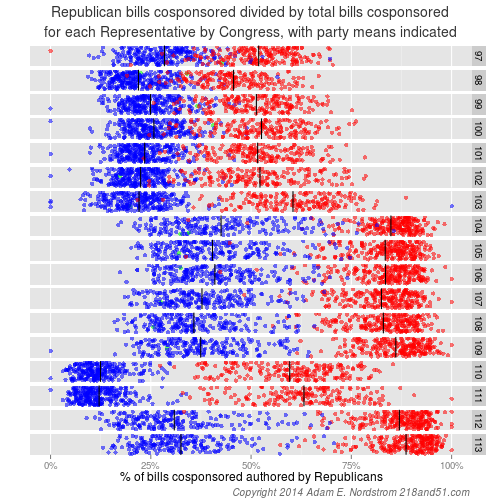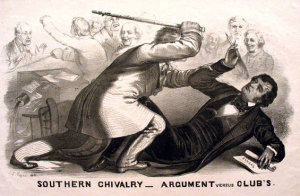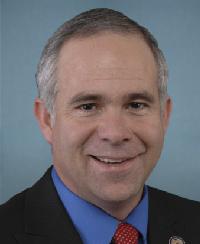With Veterans Day falling on Tuesday last week there were only three days during which cosponsors were added to bills. Between 12 November and 14 November there were 628 cosponsors added to 247 different bills. The biggest cosponsor getter was Rep. David Joyce’s (R-OH) H.Res. 755, supporting the goals and ideals of American Education Week, not be confused with H.R. 755, a top 25 list member.
The biggest increase of cosponsors for a House Bill was for H.R. 4960, Rep. Todd Young’s (R-IN) Charitable Automobile Red-Tape Simplification Act of 2014 or the CARS Act of 2014. H.R. 4960 gained 20 cosponsors putting it behind H.Res. 755, H.Res. 728, and H.Res. 281 in terms of cosponsors added last week, but pushing it over a majority of the House in terms of co-sponsorship. With a total of 230 cosponsors, H.R. 4960 is 21 cosponsors out of 25th place for the Congress.
Continue reading Most Cosponsored House Bills through 21 November 2014




